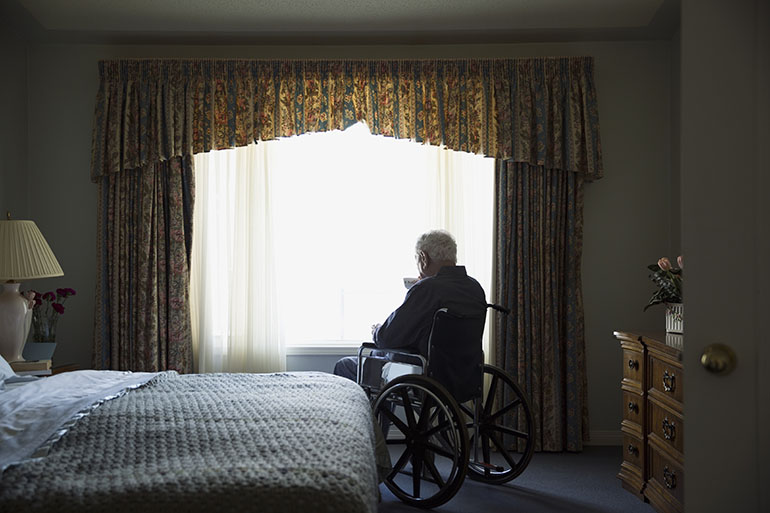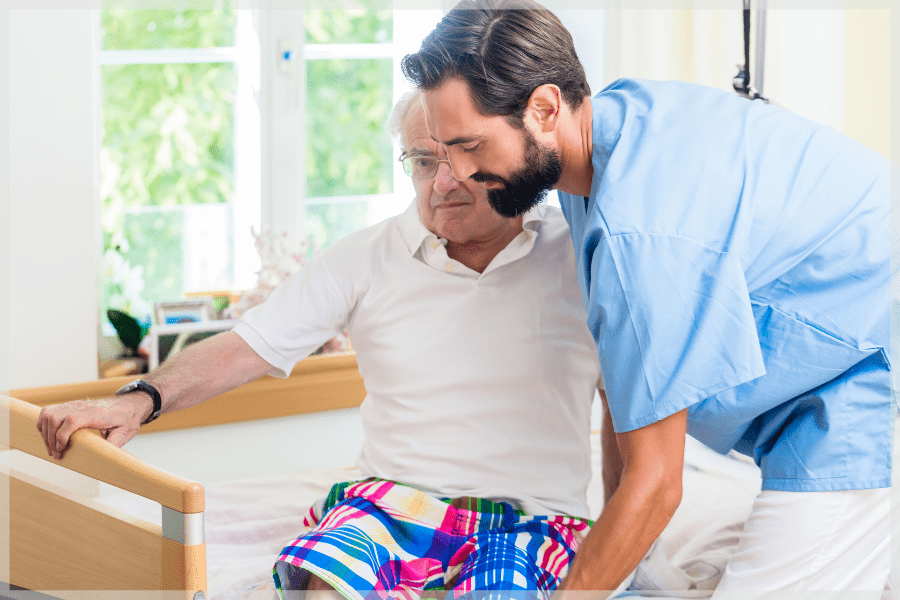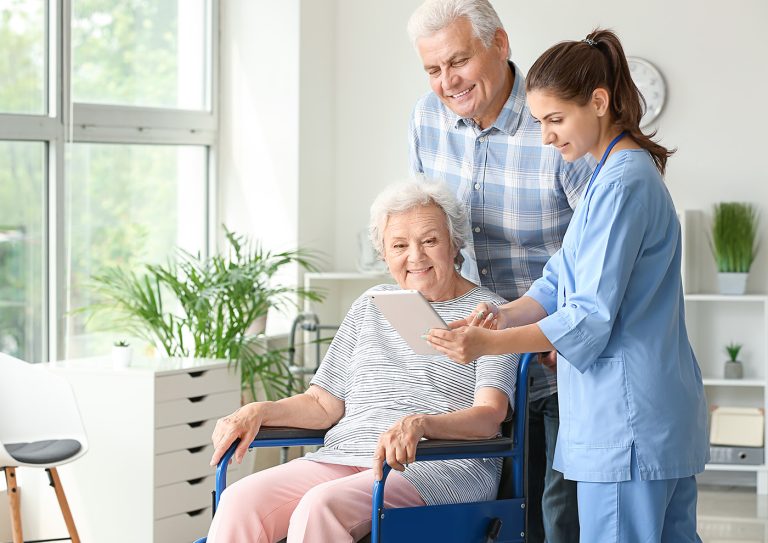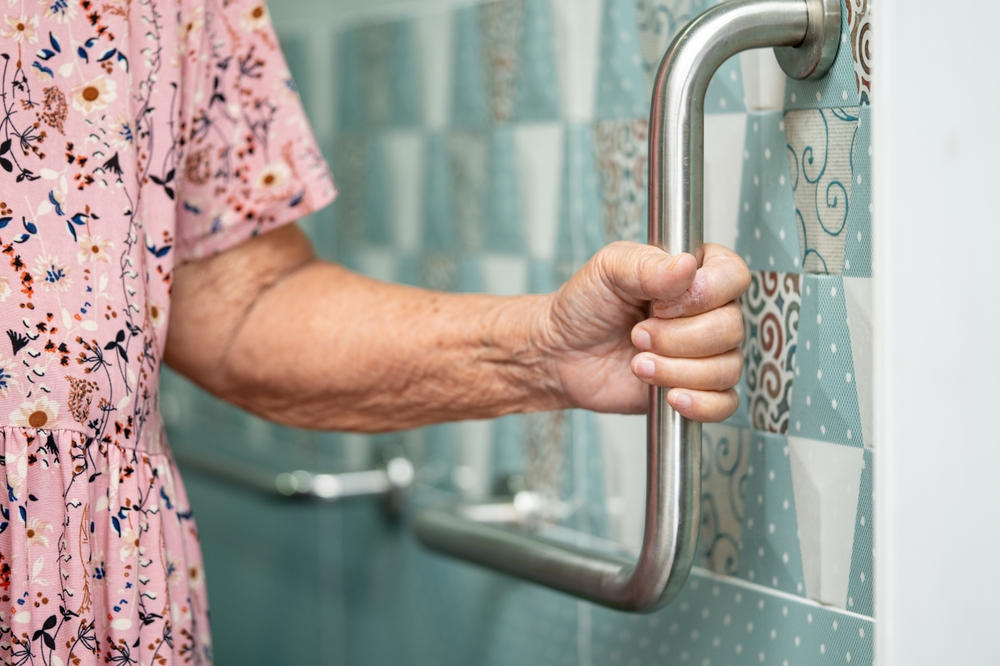Falls are a significant concern, particularly for older adults. Understanding the importance of educational resources for fall prevention can help reduce the risk and improve safety. This article provides a thorough understanding of the resources available and how they can be utilized effectively.

The Importance of Fall Prevention
Falls are not only common but can lead to severe injuries. The importance of preventing falls cannot be overstated, as they are a leading cause of injury among the elderly. According to the CDC, falls result in over 800,000 hospitalizations annually.
Understanding Fall Risks
Recognizing risk factors, such as poor balance, medications, and environmental hazards, is crucial. Educating individuals and caregivers about these risks can significantly reduce the likelihood of falls.
Common Risk Factors
- Poor vision
- Weak muscles
- Chronic conditions
- Environmental hazards
Available Educational Resources
There are numerous resources available, from online courses to community workshops, aimed at educating people on fall prevention. These resources often include guidance on exercises, home modifications, and the use of assistive devices.
Online Courses and Webinars
Online courses offer flexibility and a wealth of information. Websites like fall prevention exercises provide detailed insights into exercises that improve balance and strength.
Community Workshops
Local community centers often host workshops that focus on fall prevention techniques. These workshops can be a valuable resource for hands-on learning and community support.
Exercise Programs
Exercise is a key component in fall prevention. Programs focusing on strength, balance, and flexibility can greatly reduce fall risk. Engaging in regular physical activity is one of the most effective ways to prevent falls.
Strength Training
Building muscle strength is essential. Simple exercises, such as chair stands and leg lifts, can be done at home.
Balance Exercises
Improving balance is critical. Practices like Tai Chi have been shown to be particularly effective in enhancing balance and reducing falls.
Home Safety Modifications
Making changes at home can significantly reduce fall risks. Simple modifications can create a safer living environment.
Lighting Improvements
Ensuring adequate lighting in all areas of the home is vital. Motion-sensor lights are a practical solution for enhancing visibility.
Removing Hazards
Eliminating tripping hazards, such as loose rugs and clutter, is a simple yet effective strategy in fall prevention.
Assistive Devices
Devices such as canes and walkers can provide necessary support and stability. Ensuring these devices are used correctly is crucial for safety.
Choosing the Right Device
Consulting with healthcare providers can help in selecting the appropriate device tailored to individual needs.
Technological Solutions
Advancements in technology offer innovative solutions for fall prevention and detection. Devices such as wearable fall detectors and motion sensors provide an additional layer of safety.
Fall Detection Devices
Wearable devices alert caregivers in the event of a fall. Comparisons between wearable and non-wearable fall detection options can help choose the best fit.
Smart Home Technology
Integrating smart home technology can enhance safety. Features like automated lighting and voice-activated assistance can reduce fall risks.
Role of Healthcare Providers
Healthcare providers play a pivotal role in fall prevention. Regular check-ups and assessments can help identify risks early and provide tailored advice.
Regular Assessments
Routine assessments by healthcare professionals can pinpoint specific areas of risk and monitor progress in fall prevention strategies.
Creating a Fall Prevention Plan
Developing a personalized fall prevention plan is essential. This plan should include risk assessment, exercise routines, home modifications, and regular monitoring.
Collaborative Approach
Involving family members and caregivers in the planning process ensures a comprehensive approach to fall prevention.
Support Networks
Building a support network is invaluable. Connecting with local support groups and online communities can provide encouragement and share valuable resources.
Community Engagement
Participating in community events focused on fall prevention can foster a sense of belonging and provide additional support.
Conclusion
Fall prevention is a multifaceted approach that requires education, awareness, and proactive measures. Utilizing the educational resources for fall prevention effectively can significantly reduce risks and enhance safety. For more information on the importance of fall prevention, visit RACGP.

FAQ
What are the main causes of falls in older adults?
Falls in older adults are often caused by a combination of factors such as poor balance, muscle weakness, vision problems, and environmental hazards.
How can exercise help in fall prevention?
Exercise helps by improving strength, balance, and flexibility, which are critical in reducing the risk of falls.
What role do healthcare providers play in fall prevention?
Healthcare providers assess risks, offer guidance, and monitor progress in fall prevention strategies to ensure safety.
This article contains affiliate links. We may earn a commission at no extra cost to you.






